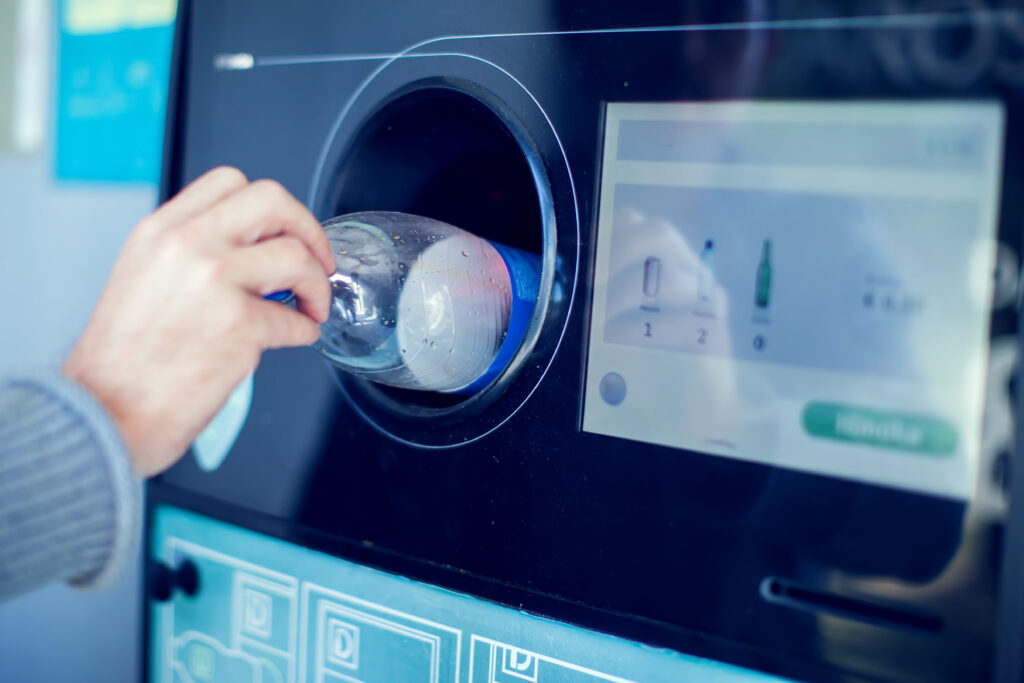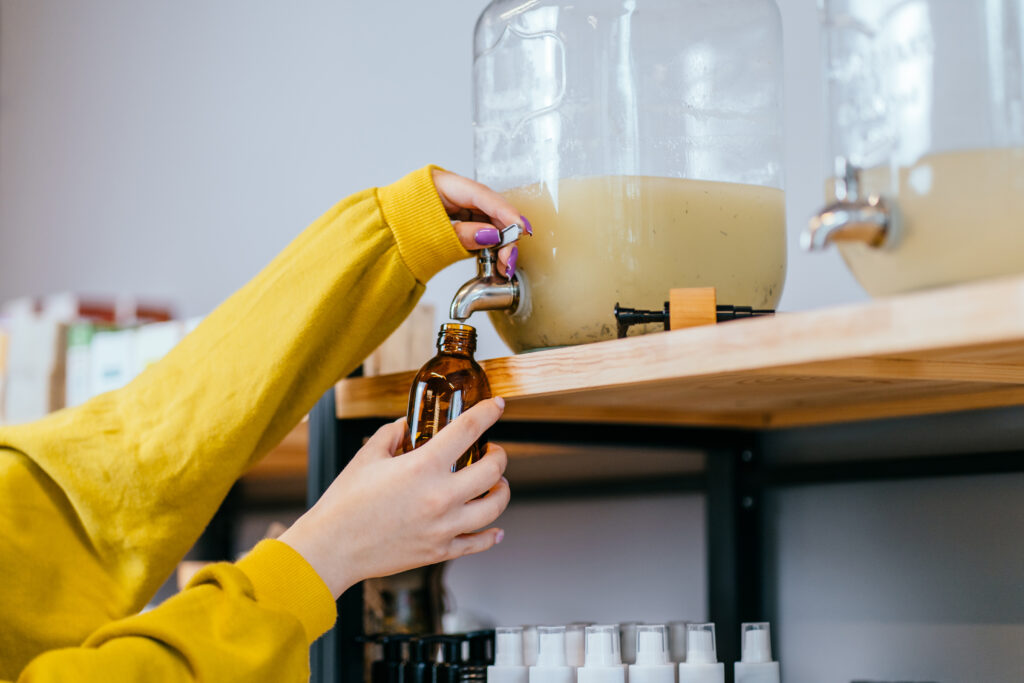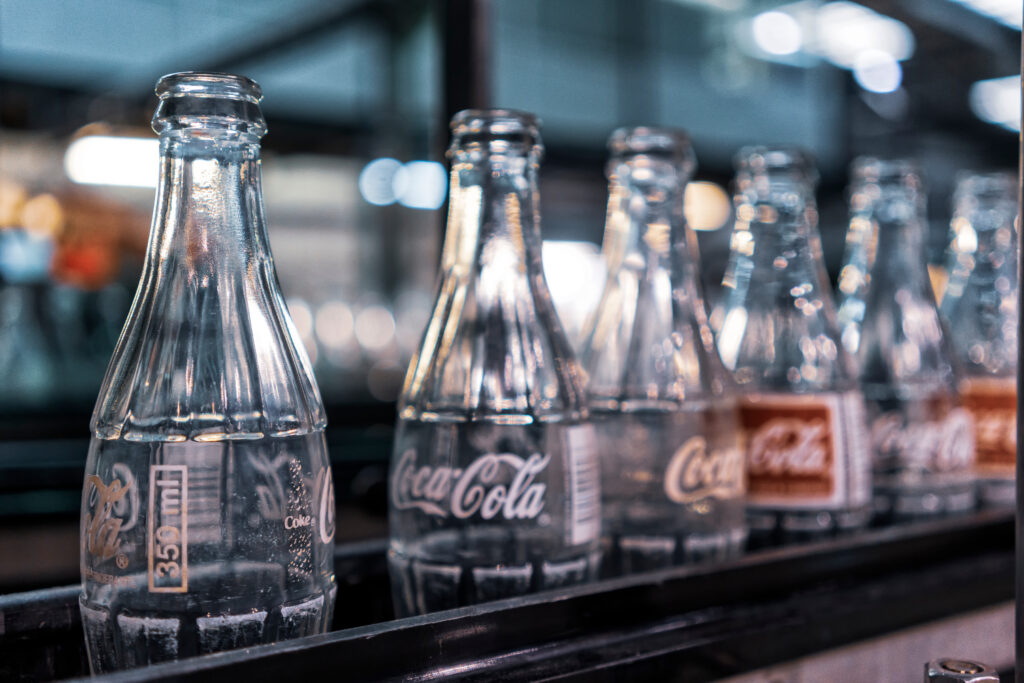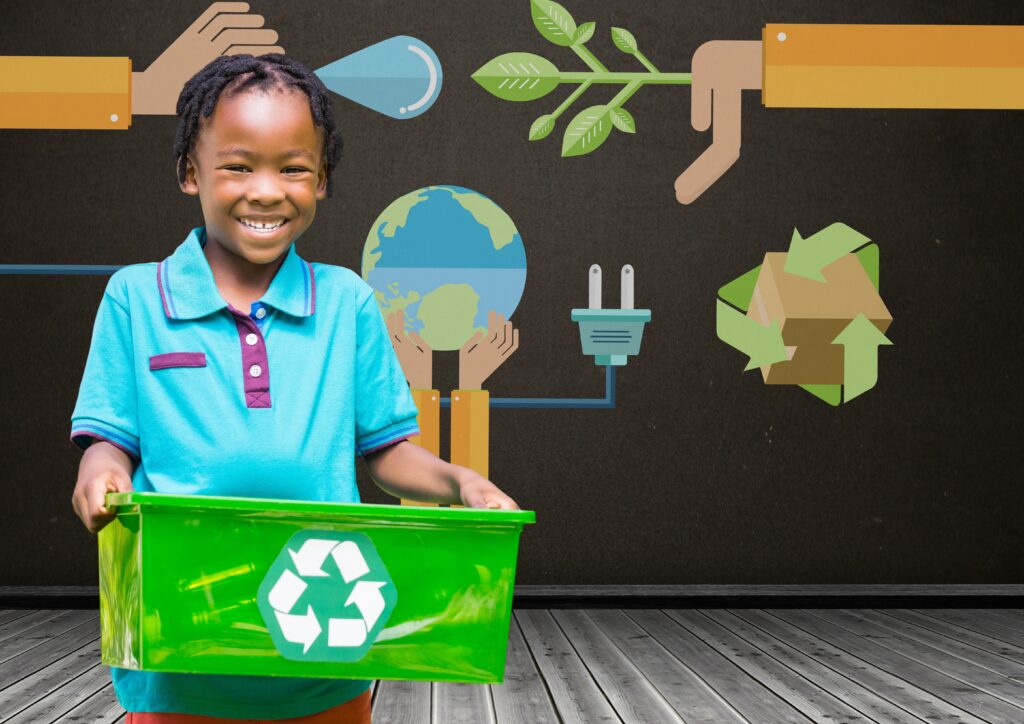Reusable Packaging: Definition, Benefits, and Types
Share:
Welcome to Thomas Insights — every day, we publish the latest news and analysis to keep our readers up to date on what’s happening in industry. Sign up here to get the day’s top stories delivered straight to your inbox.

There’s a concept known as the Milkman Model, which describes the cycle of product or freight packaging being reclaimed, reprocessed, and reused for the same function. It had its heyday in the 1950s — a couple of decades before the advent of single-use plastics.
Though much has changed in the world since then, reusable packaging is regaining traction in an increasingly eco-conscious society.
What Is Reusable Packaging?
Reusable packaging refers to any packaging that enables a manufacturer, business, or consumer to put the same type of purchased product into the same packaging.
Crucially, it is specifically designed to be reusable and refillable. An ice cream tub washed out and repurposed by a consumer to store other household items, for example, would not qualify as a reusable packaging product.
The most effective reusables can be used over and over again and should be recyclable once no longer usable, thus reducing the need for large-scale recycling operations and eliminating landfill waste.
Types of Reusable Packaging
There are two types of reusable packaging — refillable and returnable.
Refillable packaging is designed to be owned and refilled by consumers using end-products, be it food and beverages, cosmetics, or pharmaceuticals. Packaging is either refilled at home or via a refilling station. One example of refillable packaging is aluminum shampoo bottles.
Returnable packaging is designed to be recovered and reused or refilled by the end-product’s manufacturer. Packaging is either collected from the consumer’s home or taken by the consumer to a drop-off point. E-commerce packaging is the most obvious example of returnable packaging, but it also includes industrial-scale reusable transport packaging, such as crates, tanks, and pallets.
Reusable Packaging Design
To maximize return on investment (ROI) and improve customer compliance, reusables must be durable, straightforward to use, easy to clean, and quick to repair.
With these properties in mind, reusable packaging is typically produced using hardy materials including steel, aluminum, wood, leather, and glass. Though we are dependent on single-use plastic packaging, plastics can also form effective reusable packaging products, thus existing in a circular economy.
For reusable transport packaging, in particular, it is useful for products to be collapsible or nestable. This means the packaging takes up less space when it is empty and reduces warehousing and shipping costs.
Implementing a Reusable Packaging System

Image courtesy of Iryna Inshyna / Shutterstock.com
Establishing an efficient, cost-effective, and scalable reusable packaging system requires a significant investment of time and resources.
To begin with, organizations must optimize their supply chains to ensure they can readily source the raw materials required for the manufacture of reusable packaging.
Implementing appropriate supply chain processes to recover reusable packaging is the next priority. Many organizations already have reverse logistics programs in place to process customer returns and faulty goods, but these will likely need adapting and expanding to accommodate large quantities of reusable packaging. For example, organizations may choose to invest in collection services, drop-off and refill facilities, and asset-tracking technologies.
Finally, customers need to be educated about the value of reusable programs and receive clear instructions on how to comply.
Environmental Impact of Reusable Packaging
According to the World Economic Forum, just 14% of the world’s recycled plastic packaging is collected for recycling. In 2021, the U.S. alone disposed of 51 million tons of plastic wrappers, bottles, and bags, of which just 5% were recycled.
There’s no doubt that prevention and reuse are the most effective ways to combat the issue of plastic waste. Indeed, environmental experts have consistently warned that the world cannot recycle its way out of the climate crisis.
Large-scale reusable packaging systems could all but eliminate the need for single-use plastic packaging, reducing our dependence on non-renewable fossil fuels, lowering greenhouse gas emissions (GHG), improving air quality, and decreasing landfill waste. In fact, research suggests that reusable packaging could reduce GHG emissions by 60% and reduce solid waste by as much as 86%
Economic Considerations and Return on Investment
Long-term cost savings can be realized with effective reusable packaging programs. For example, organizations won’t need to purchase new packaging materials as often, and the costs associated with the disposal of non-reusable packages will be significantly less.
In addition, because reusables are typically made from good-quality, insulating, and strong materials, the products it contains are better protected and less frequently damaged. This means organizations will spend less money issuing replacement products and collecting damaged ones.
Organizations that invest in renewable packaging will also benefit from enhanced brand reputation, enabling them to retain existing customers and attract new ones.
To reap these benefits, however, organizations must carry out rigorous cost-benefit analyses. If, for example, reusable materials are not purchased in bulk, supply chain processes are not optimized, and customers are not readily and repeatedly returning or reusing their packaging products, a good ROI is unlikely.
Reusables are at their most cost-effective when:
- Product shipments are high-volume
- Deliveries are frequent and shorter-distance
- Organizations are running low on warehousing space
- Organizations are generating large amounts of plastic waste
- The products it contains are purchased regularly (e.g. food and drinks, cleaning products, and cosmetics)
- The products it contains are returned regularly (e.g. clothes and footwear)
Benefits of Reusable Packaging
Aside from environmental and economic factors, here are a few additional benefits associated with reusable packaging.
1. Increased Sustainability
Reusable packaging helps to control waste, reduces plastic pollution, and preserves virgin materials.
Higher quality reusable plastic — and other materials used in reusable packaging — can also support sustainable business practices by offering better protection to the products they contain. Organizations spend less money and fewer resources, manufacturing and shipping new products and disposing of faulty ones.
2. Easy to Understand
According to a recent poll, 29% of Americans are unaware of the recycling initiatives and laws in their city or state. Of those who are aware, almost one in four don’t fully understand them, thanks to confusion surrounding what items can be recycled, how they are categorized, and the recycling process itself.
By contrast, the concept of refilling or returning reusable packaging products is fairly intuitive.
3. Less Energy and Fewer Resources Required
The energy required to manufacture reusable packaging products could be up to 64% lower than single-use items.
In addition, single-use packaging products use up to 80% more water during their lifecycle — including production, recycling, and disposal — than reusable ones.
6 Challenges in Implementing Reusable Packaging
Some of the challenges associated with reusable packaging include the following:
1. High Costs
Reusable packaging programs are not always cost-effective. If shipments are low in volume or have far to travel, the costs associated with recovering packaging items might far exceed the money saved by reusing them.
Many existing reusable packaging systems are in their infancy, which means they are not particularly cost-effective or sustainable.
2. Loss and Theft
A reusable package only becomes environmentally and economically viable when the items are reused many times. Unfortunately, higher-quality packaging items are much more vulnerable to theft.
Some organizations using reusable transport packaging have introduced deposit schemes to reduce losses. Individuals receive a small sum of money when they return packaging. Germany has seen a 98% return rate for its deposit refund schemes.
3. Consumer Compliance
Effective reusable packaging schemes depend on a high rate of consumer compliance. A failure by customers to follow directions and reuse packaging as intended renders the product all but redundant.
Customers might be reluctant to embrace reusable packaging due to the higher upfront costs or because of the extra work required to refill or return their used packaging. Organizations may need to offer incentives to address these challenges.
4. Sustainability
Organizations must consider the environmental impact of manufacturing, shipping, recovering, and cleaning reusable packaging products. They may ask: How many reuses are required before a packaging product becomes more environmentally friendly than its single-use counterpart?
On occasion, it might be less energy-intensive to recycle or dispose of a packaging item than to create a reusable version.
5. Branding
Large-scale reusable packaging programs demand standardized packaging across brands, products, and stores. Many organizations will be reluctant to accept this since unique, branded packaging is an integral part of product marketing.
As the industry scales, manufacturers of reusable product packaging should prioritize less highly differentiated products.
6. Hygiene
The most vocal critics of reusable packaging argue that it is unhygienic. Following the outbreak of COVID-19, consumers expressed similar concerns, which led to several companies temporarily pausing their refill and reuse services.
Regulatory Framework and Industry Initiatives
Countries around the world are introducing regulations to increase the use of reusables. Some legislation imposes single-use bans or taxes, while others set quotas for recycling and reusable packaging.
In 2020, for example, Austria’s Waste Management Act set a beverage reuse quota of 25% by 2025. Grocery stores will be obligated to provide a minimum of 15% of beer and water in reusable packaging, and a 10% reuse packaging quota for non-alcoholic beverages, including milk and juices.
Chile’s plastic regulation bill, first introduced in August 2021, states that at least 30% of bottles for sale in supermarkets must be returnable for reuse by 2024.
New regulations are also being implemented across the United States. In New York, for example, new legislation proposed would require all corporate-owned, fast-casual restaurants to offer customers reusable food packaging that can be returned, sanitized, and reused.
In California and Oregon, for example, some laws require rigid plastic and glass containers to be reusable or recyclable or be made of a certain percentage of recycled materials.
Case Studies and Success Stories

Image courtesy of Andre Silva Pinto / Shutterstock.com
In recent years, several global corporations have piloted reusable packaging programs. This includes Unilever, which established refill stations for haircare products across Walmart stores in Mexico, and Coca-Cola, which partnered with GLACIAL — a producer of reusable containers — to launch a refill station in a Stockholm-based convenience store.
Following trials such as these, brands are making much bigger commitments to reusable packaging. Proctor & Gamble has committed to ensuring 100% of consumer packaging is recyclable or reusable by 2030, while Coca-Cola aims to have at least 25% of all its beverages sold in refillable or returnable glass and plastic bottles by 2030.
There is now a range of startups that specialize in reusable packaging. Loop, for example, is an e-commerce platform that sells a range of products — including food, cosmetics, and household cleaning items — in reusable packaging. Loop, which is now available in the United States, the UK, Japan, and France has partnered with major brands including Herbal Essences, Nestle, and Häagen-Daz.
Future Outlook and Innovations in Reusable Packaging

Image courtesy of vectorfusionart / Shutterstock.com
Perhaps spurred by the growing prominence of the circular economy movement, the reusable packaging industry has rapidly expanded in recent years. Indeed, between June 2020 and May 2021, the market for reusable beauty and personal care packaging products grew by around 65%.
Organizations better understand the economic and environmental benefits of reusable packaging products, and eco-conscious customers more readily demand them.
But despite these changes, a recent McKinsey publication reports that — without a significant change in trajectory — the global market for reusable packaging will reach just 5% penetration by 2030. Challenges surrounding upfront costs, consumer compliance, critical infrastructure, and company branding are among the biggest barriers to the implementation of large-scale renewable packaging programs.
Through education, incentives, and legislation, organizations and governments alike can cultivate a culture that works toward environmental goals. Reusables can become true disruptors in packaging.
Get More Packaging Insights
- Plant-Based Packaging: Types, Applications, and Environmental Impact
- 15 Smart Packaging Trends to Watch for in 2023 and Beyond
- Compostable Packaging: Benefits, Materials, and Applications







